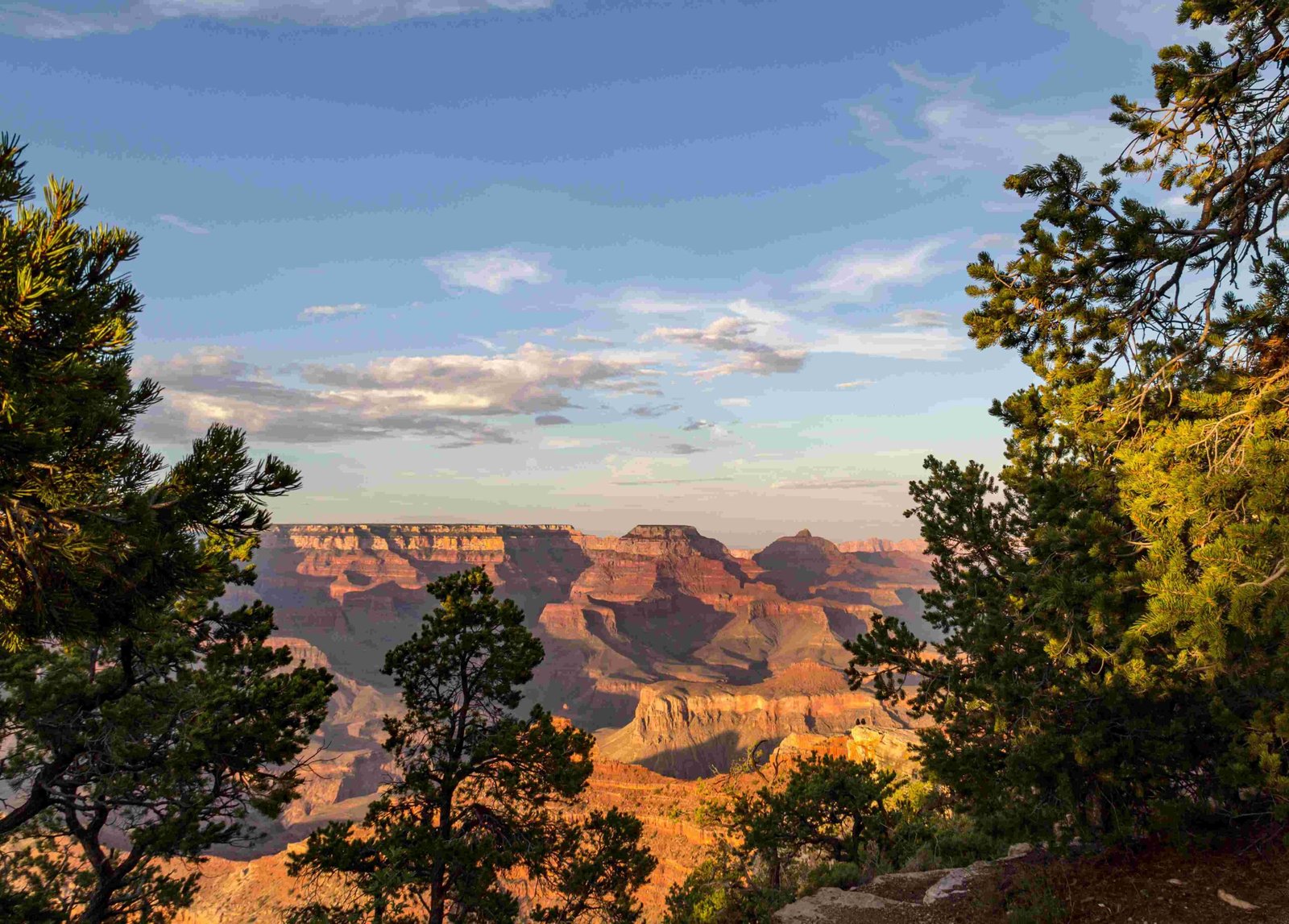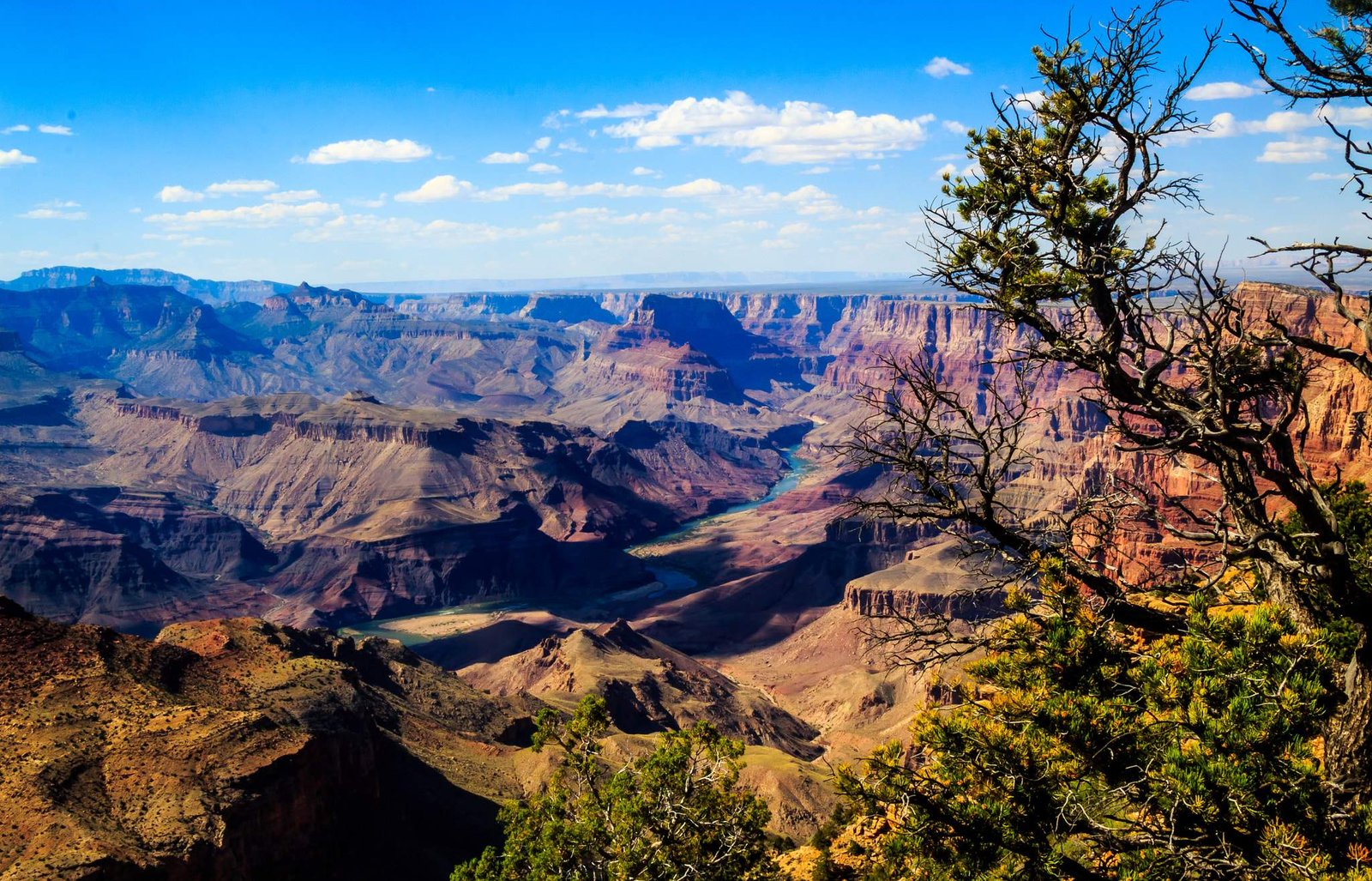The Grand Canyon Visitor Center sits at a remarkable elevation of approximately 7,000 feet above sea level, offering visitors a breathtaking perspective of one of the world’s most stunning geological landscapes. Located on the South Rim, this strategic location provides unparalleled views and access to the canyon’s dramatic topographical variations, making it a critical point for understanding the park’s complex elevation profile.
What Makes the Elevation at Grand Canyon Visitor Center Unique?

Altitude Overview of Grand Canyon Regions
The elevation at the Grand Canyon Visitor Center presents a fascinating geological narrative. Here’s a detailed breakdown:
| Location | Elevation | Characteristics |
|---|---|---|
| South Rim Visitor Center | 7,000 feet | Primary visitor access point |
| North Rim | 8,250 feet | Higher, less accessible region |
| Canyon Bottom | 2,080 feet | Dramatic vertical change |
Why Elevation Matters for Visitors
Visitors must understand the elevation’s impact on their Grand Canyon experience:
- Atmospheric Conditions: Higher elevations mean thinner air and potential altitude-related challenges
- Physical Preparation: Hiking requires significant energy expenditure
- Temperature Variations: Elevation dramatically influences temperature and weather patterns
Navigating Elevation Challenges
Visitor Preparation Strategies
- Hydration: Drink at least 2-3 liters of water daily
- Acclimatization: Spend initial hours adapting to altitude
- Proper Clothing: Layer for temperature fluctuations
- Rest Periods: Take frequent breaks during activities
Hiking Elevation Considerations
The Grand Canyon’s trails offer remarkable elevation experiences:
- Bright Angel Trail:
- Descent: 4,380 feet
- Length: 9.5 miles
-
Difficulty: Strenuous
-
South Kaibab Trail:
- Descent: 4,780 feet
- Length: 7 miles
- Difficulty: Extremely challenging
Visitor Center Facilities for Elevation Understanding
The Grand Canyon Visitor Center provides comprehensive resources:
- Interactive elevation maps
- Topographical exhibits
- Ranger-led altitude orientation programs
- Safety briefings about elevation-related risks
Health and Safety Recommendations
Visitors should be aware of potential altitude-related issues:
- Symptoms of Altitude Sickness:
- Headaches
- Dizziness
- Shortness of breath
- Fatigue
Pro Tip: Consult healthcare professionals before challenging high-elevation activities, especially for individuals with pre-existing health conditions.
Best Times to Visit Considering Elevation
| Season | Elevation Characteristics | Recommended Activities |
|---|---|---|
| Summer | Hot at bottom, mild at rim | Morning/evening hiking |
| Winter | Snow at higher elevations | Limited trail access |
| Spring/Fall | Moderate temperatures | Optimal hiking conditions |
Photography and Elevation Perspectives
Photographers will find the elevation variations create stunning visual opportunities:
- Layered geological formations
- Dramatic light interactions
- Changing landscape perspectives
Conclusion

Understanding the elevation at Grand Canyon Visitor Center transforms a simple visit into an immersive geological experience. Proper preparation, respect for natural conditions, and appreciation of the landscape’s complexity ensure a memorable adventure.

